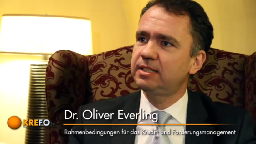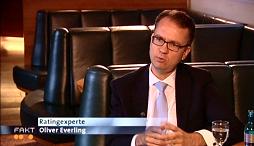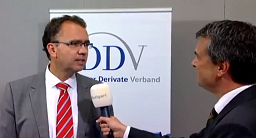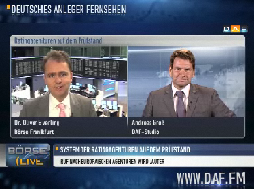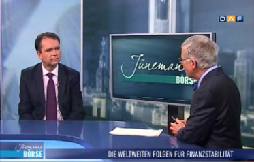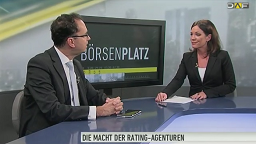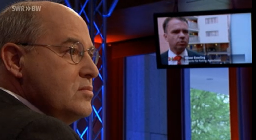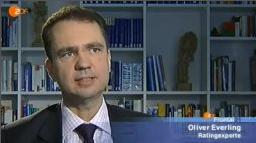« Valuna und MAR Rating kooperieren | Home | Hoffnung auf Segnung nach Hiobsbotschaften »
Fear of Credit Losses Impacted AuM
Von Dr. Oliver Everling | 29.April 2009
2008 has been a very difficult year for European investors and investment managers, says EFAMA’s Second Annual Report, published in April 2009. The global financial crisis, which started in the United States in the summer of 2007 to become one of the most serious financial market crises in history, had a severe impact on AuM in Europe and elsewhere in the world. „Although the standing of the European asset management industry at end of 2008 will be analyzed in full details in next year’s EFAMA Asset Management Report, it is possible to give some indication of the impact of the financial crisis on total AuM, starting with the investment fund sector.“
According to EFAMA’s statistics, the assets of investment funds domiciled in Europe declined by 22.3% in 2008.20 This decline was driven by the developments in the UCITS market, which represents about 75% of the investment fund market in Europe.21 Market losses were responsible for 77% of the decline in UCITS assets, whereas outflows added the remaining 23%. Three main set of factors can explain the outflows: the massive losses recorded in stock market across the globe that led many investors to pull out savings from equity funds; the liquidity crisis and the fear of credit and counterparty losses following the bankruptcy of Lehman Brothers that accelerated outflows from bond funds; and the competition from structured products and the war for deposits that escalated when European governments decided to provide guarantees fro all bank deposits.
Applying the 22.3% figure to the investment fund assets managed in Europe, those assets can be estimated to have declined to EUR 5,391 billion in 2008. „To estimate the evolution of the AuM in discretionary mandates in 2008, we took into account the following factors. First, we extrapolated the observed market developments on to the asset class portfolio composition of discretionary mandates. Second, we assumed that discretionary mandates continued to attract new money in 2008, in the order of 5% of AuM. „This assumption is supported by the fact that the bulk of discretionary mandates are managed for institutional investors, in particular insurance companies and pension funds, which continued to draw net contributions from occupational pension plans and life‐insurance contracts. Also, it is worth noting that the so‐called special funds, which are reserved to institutional investors, managed to attract EUR 51 billion in new money in 2008, or 5.3% of AuM at end 2007.
Themen: Nachrichten | Kommentare deaktiviert für Fear of Credit Losses Impacted AuM
Kommentare geschlossen.
 Börse hören. Interviews zu aktuellen Ratingfragen im Börsen Radio Network. Hier klicken für alle Aufzeichnungen mit Dr. Oliver Everling seit 2006 als Podcasts.
Börse hören. Interviews zu aktuellen Ratingfragen im Börsen Radio Network. Hier klicken für alle Aufzeichnungen mit Dr. Oliver Everling seit 2006 als Podcasts.
